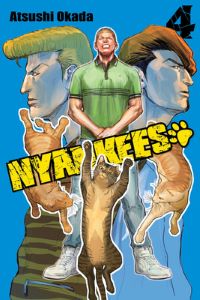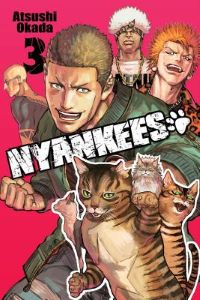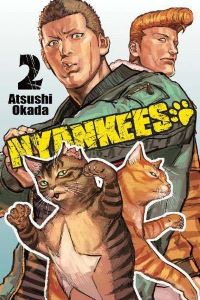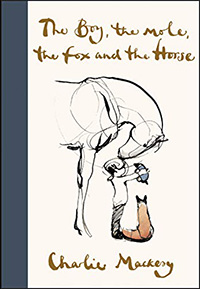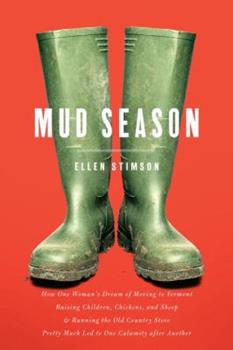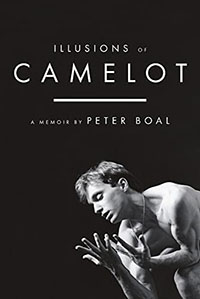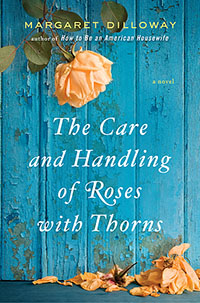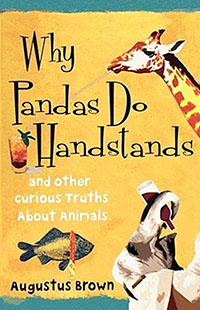A book that was easy to read in my currently foggy state of mind: simple in style, a bit dry in fact. Straightforward enough plot. About a woman teacher who has a lifelong struggle with kidney disease. She has dialysis every other night to keep her alive, while waiting for a kidney transplant. Meantime determined to hold down her job teaching high school science, and spend as much time as she can with her real passion: growing and breeding roses. Her dream is to create the next new rose that will get her into the commercial side of things. I found this both an interesting and dull read. I liked, of course, all the parts about rose cultivation, which I’m sure is even more painstaking and detail-oriented than the novel lets on. I found it hard to connect to the characters, to read between the lines and understand reactions the main character’s acquaintances and students had to her- she was often puzzled by things, and so was I. Most times I feel like I can figure out what the character isn’t seeing, but in this case I usually didn’t. It did fit with her character, to have the writing so dry and understated, but it sure made it hard to feel engaged as a reader.
Then there’s the huge twist thrown in (quite early on) when her teenage niece comes to stay- basically dumped on her doorstop by an estranged sister who has, according to snippets and hints about the past, always been irresponsible and in trouble. Even as an adult. So most of the story is about our Gal (her nickname) trying to create the perfect rose, attending rose shows, interacting with her friend and co-workers, feeling perhaps attracted to a new male teacher at the school (but unwilling to admit it) and attempting to parent a teen who won’t let her guard down. Plus all the trials of her health issues. Which kind of hit home for me, because one of my own children was born with reflux, had infections with high fevers as a toddler, eventually outgrew the problem but left with scars on the kidneys. All through reading this book I kept thinking: it could have been far worse. This could have been what my child went through, too. I would have liked the gardening aspects more, but there wasn’t enough of it, and the interpersonal relationships more, but they didn’t seem to have quite enough depth or insight. I think it was mostly the writing style just was not my type.
Of course, this all could be due to my unclear thinking, and not fair to the book at all. I will probably re-evaluate later on. There were some odd incongruencies, though- like one mention in the middle of the book, that Gal was color-blind. Never another word about that, and plenty of words about her admiring the colors of the roses! Also, I swear two or three characters in this novel have green eyes. It’s an uncommon eye color so that made me laugh the second time, and scratch my head the third.
Novel’s writing style reminded me of The Winter Garden.
Note: this was quickly written, due to screens making me feel ill at the moment. I’ll return later and edit for clarity, add missing details, and re-write if it’s particularly bad. I reserve the right to re-write. Here to remember and not forget, on to the next book getting me through the dullness of recovery.
Later: Nothing rewritten, but do read some of the other reviews I linked to. Apparently I’m the only person who didn’t really care for this book. It must just be me!
